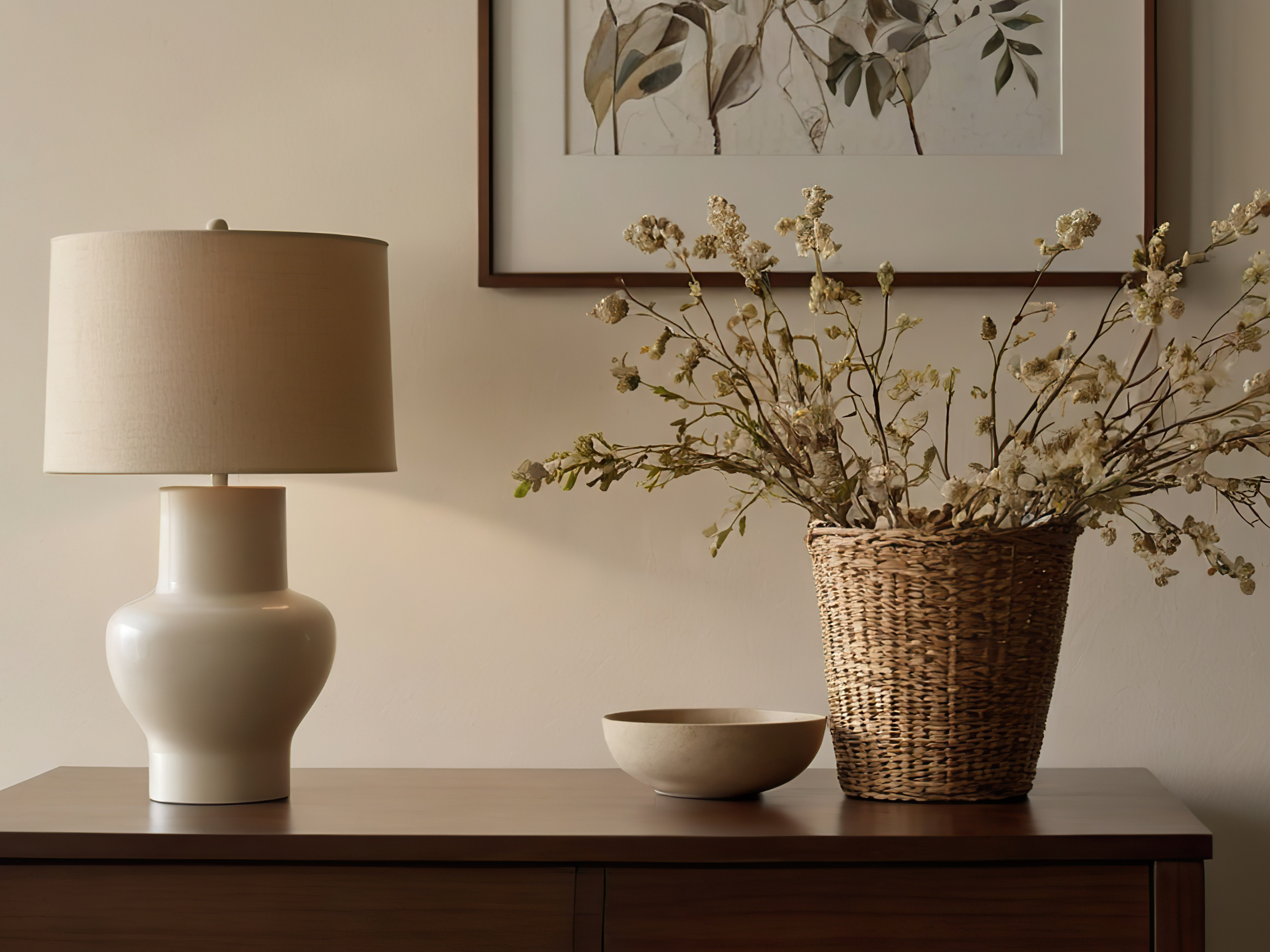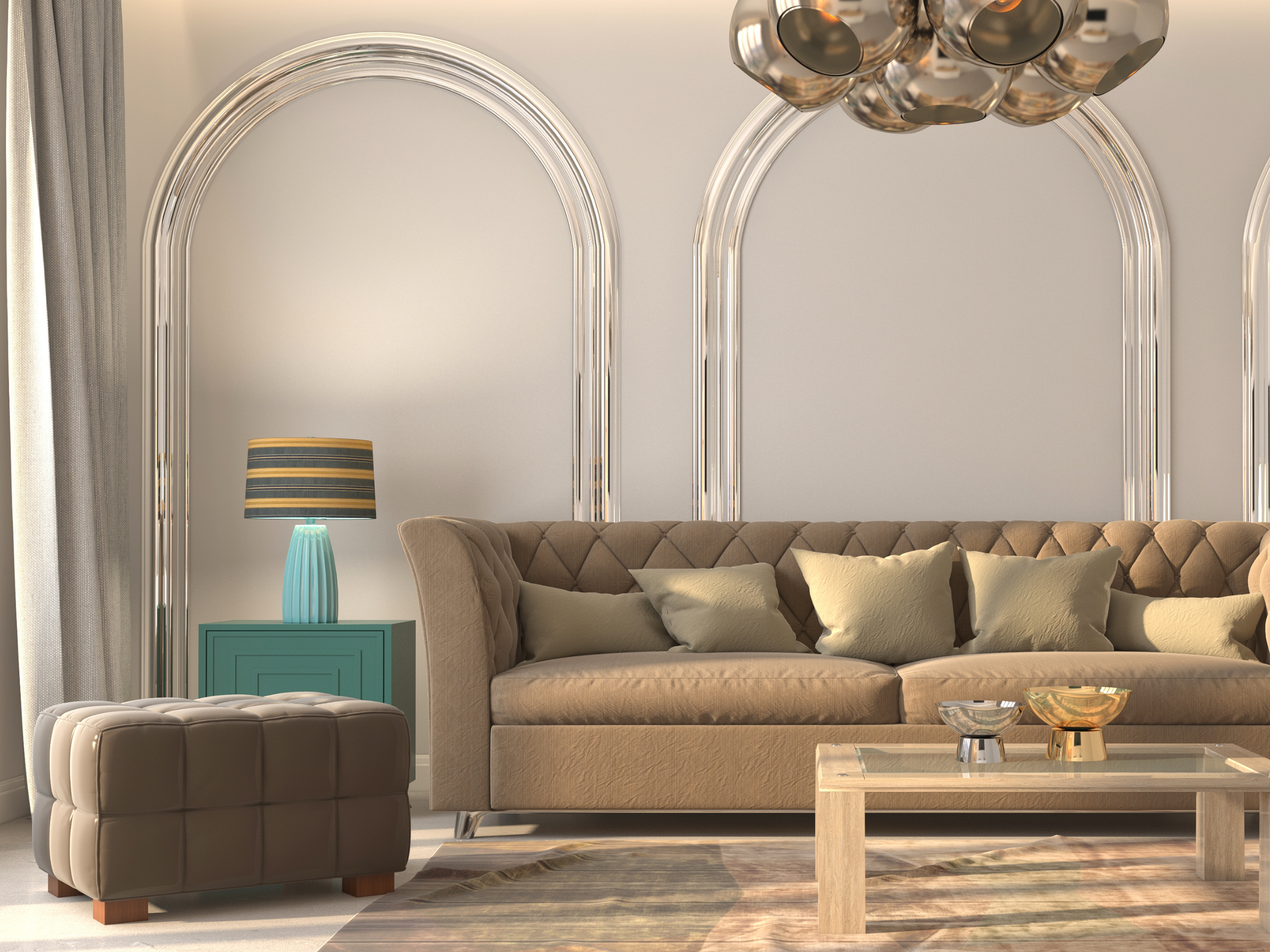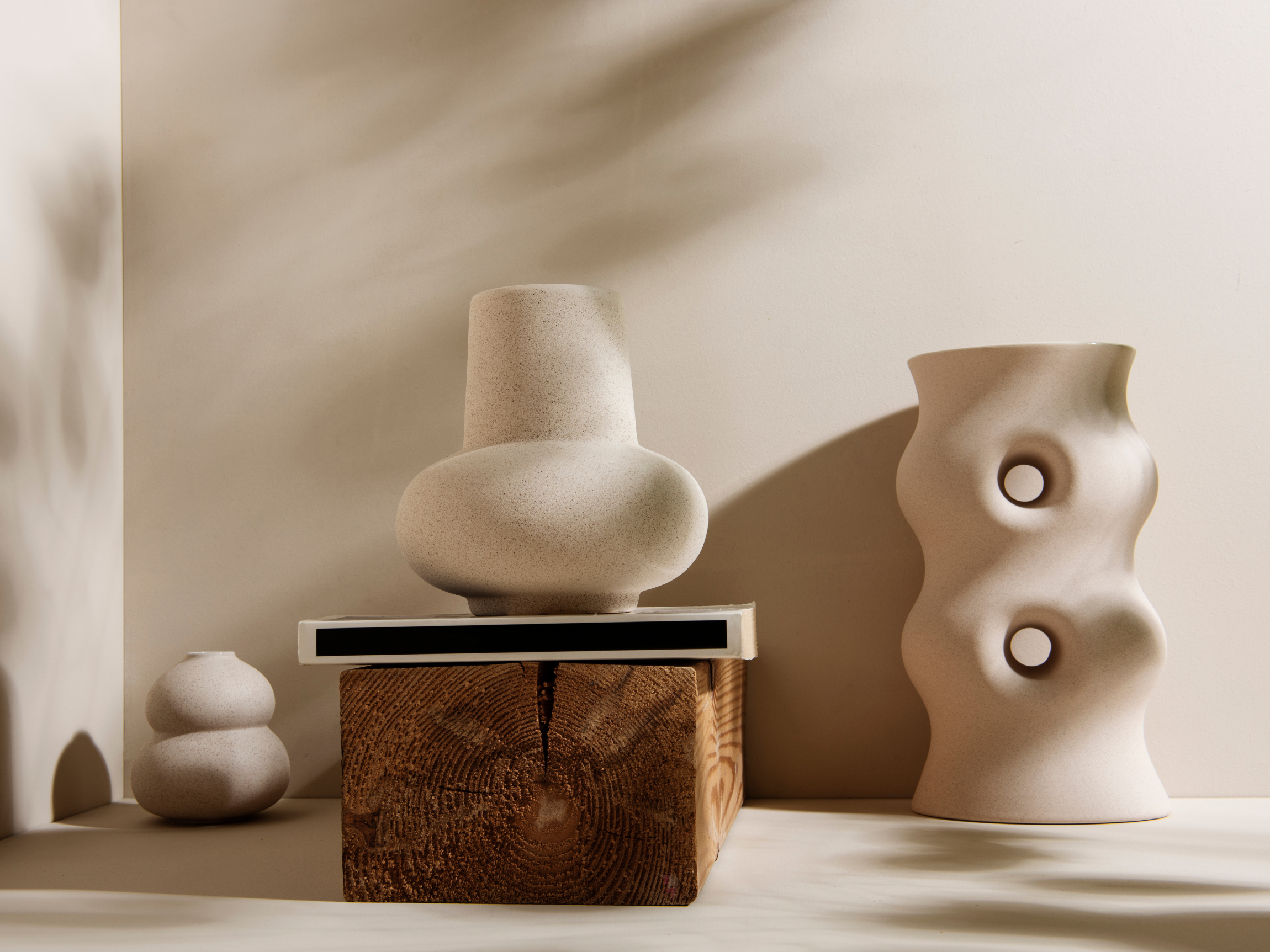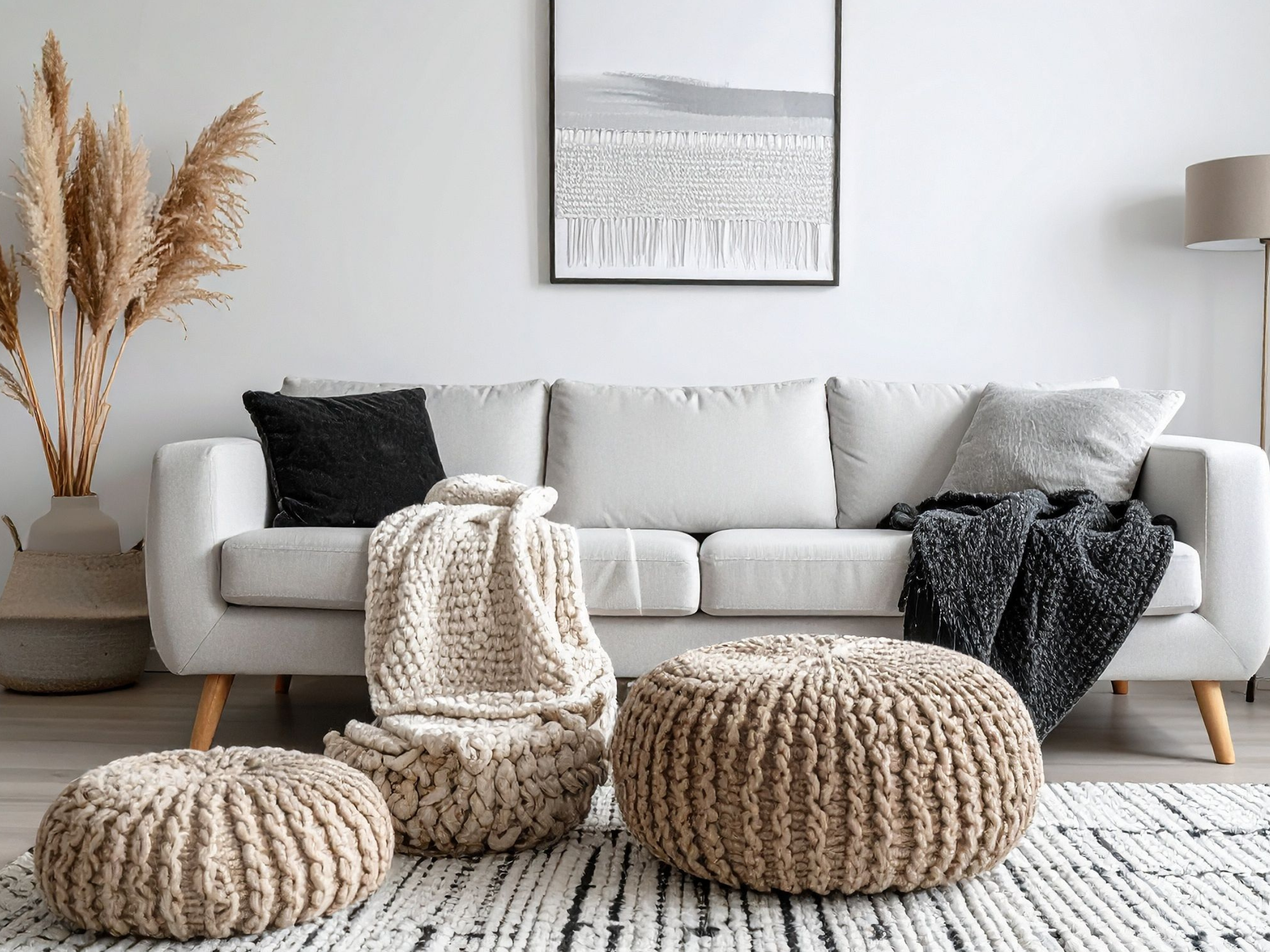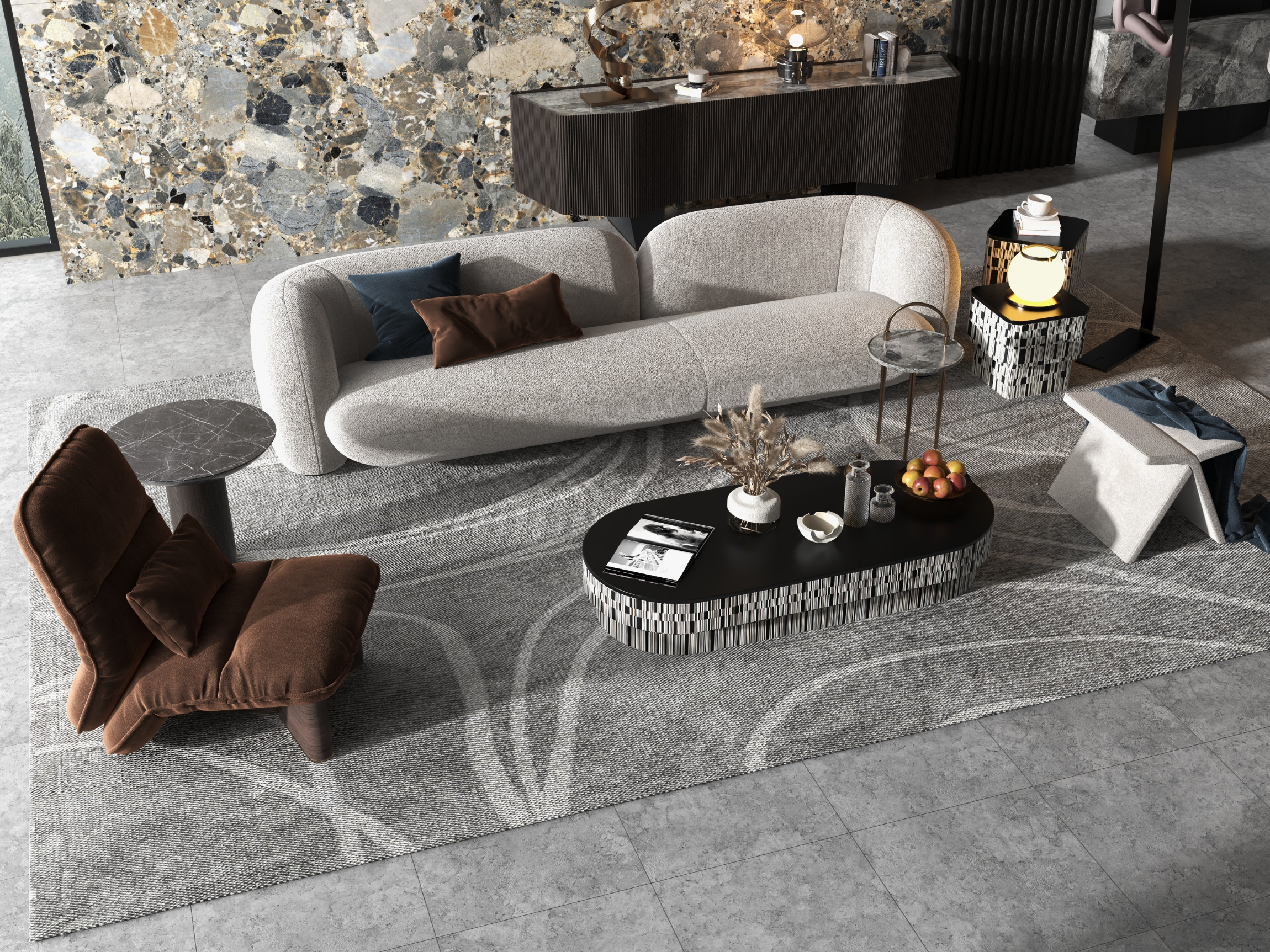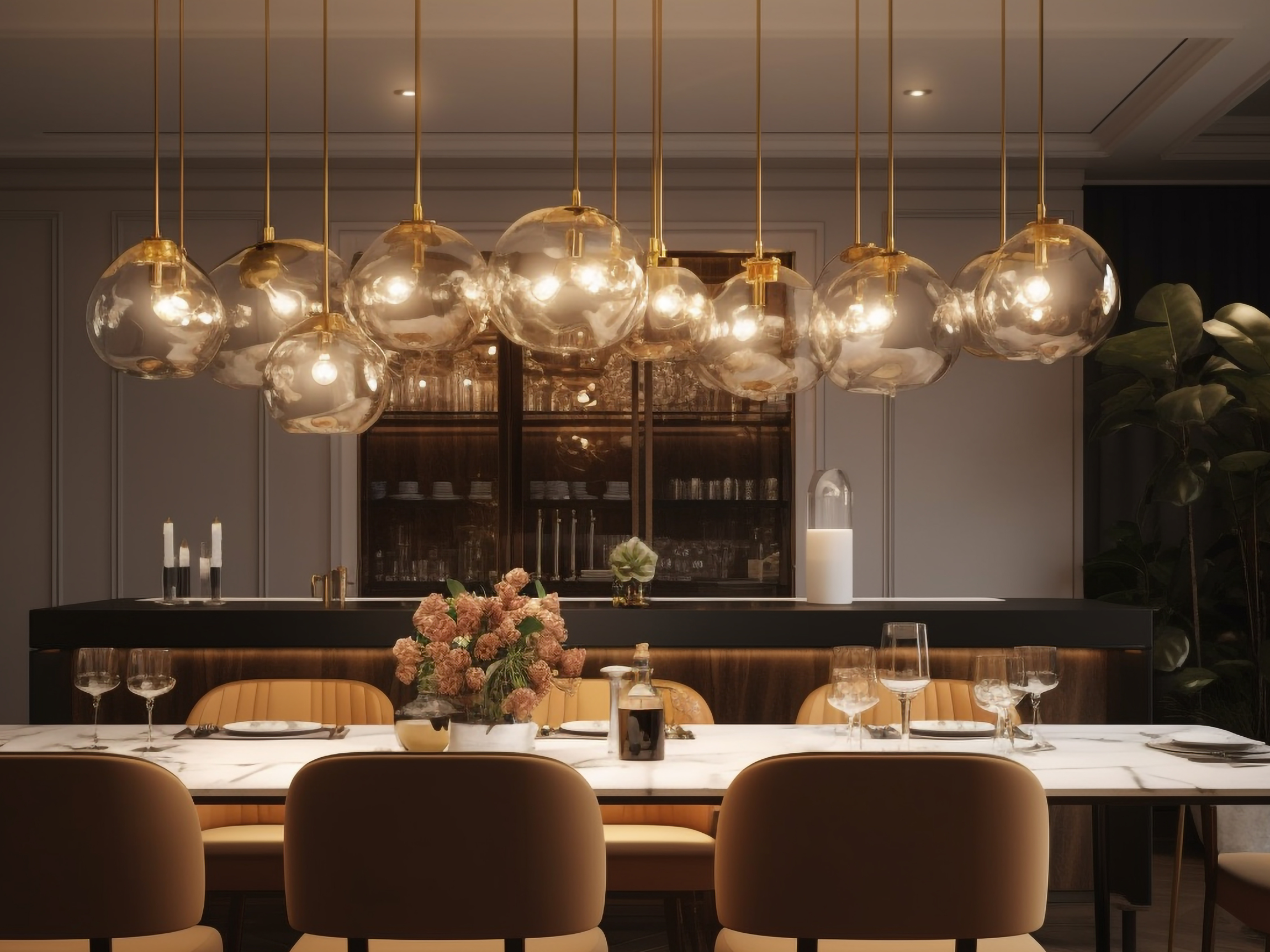
Styling with Lighting: Transforming Spaces Through Warmth and Ambiance
Lighting is often underestimated in home design, yet it has the power to completely transform the atmosphere of a room. Beyond its practical function, lighting shapes how we experience spaces, influencing mood, depth, and even perceived size. Whether it’s a warm glow in the living room, task lighting in the kitchen, or ambient light in the bedroom, the right lighting makes a house feel like a home.
This guide explores how to style your home with lighting, from choosing fixtures to layering illumination, and how to create warmth and ambiance in every space.
Why Lighting Matters
Lighting does more than brighten a room. It enhances architectural features, highlights textures, and brings balance to your décor. Too harsh, and a space can feel cold and unwelcoming. Too dim, and it can appear cramped or impractical.
The key is balance: combining functionality with atmosphere. By layering different types of lighting and choosing fixtures that complement your style, you can create a home that feels both cozy and refined.
The Three Layers of Lighting
Interior designers often talk about three main types of lighting: ambient, task, and accent. Each plays a role in styling your home effectively.
Ambient Lighting
This is your base layer — the overall illumination that fills the room. Ceiling fixtures, pendants, and recessed lighting typically serve this purpose. Ambient light sets the tone of the space and should be evenly distributed without overwhelming glare.
Task Lighting
As the name suggests, task lighting focuses on specific activities. Desk lamps in offices, under-cabinet lights in kitchens, and reading lamps by armchairs are all examples. These lights ensure functionality while complementing the broader lighting scheme.
Accent Lighting
Accent lighting highlights features like artwork, architectural details, or even a bookshelf. Wall sconces, picture lights, and small spotlights fall into this category. They add depth and drama, helping to create ambiance.
When layered together, these three types of lighting create a balanced and inviting space.
Lighting and Mood
The quality of light directly affects how we feel. Warm-toned lighting (with a lower Kelvin rating) tends to feel cozy and intimate, making it ideal for living rooms and bedrooms. Cool-toned lighting (with a higher Kelvin rating) feels bright and energizing, perfect for kitchens and workspaces.
Dimmer switches are one of the simplest ways to adjust mood. They allow flexibility, shifting from bright task-oriented light to a softer evening glow. Investing in dimmable fixtures gives you control over ambiance throughout the day.
Choosing the Right Fixtures
Fixtures are more than light sources — they’re design statements. The right choice complements your home’s style while enhancing the space.
-
Chandeliers: Ideal for dining rooms and entryways, they add drama and elegance. Modern minimalist chandeliers bring sophistication without overwhelming the décor.
-
Pendants: Perfect over kitchen islands or dining tables, pendants provide both style and function. Grouping smaller pendants creates visual interest.
-
Floor Lamps: These add height and presence, ideal for living rooms and reading corners. Arched designs can provide overhead light without needing ceiling fixtures.
-
Table Lamps: Versatile and cozy, table lamps are excellent for bedrooms, living rooms, and offices. They double as decorative accents.
-
Wall Sconces: Great for hallways, bathrooms, or flanking a bed. They save space while adding a touch of sophistication.
When selecting fixtures, consider finishes and materials. Brass, matte black, glass, or natural wood bases all influence the overall mood of a room.
Lighting by Room
Living Room
Layered lighting is key. Start with ambient light, such as a ceiling fixture, then add task lighting with floor or table lamps. Accent lights highlighting artwork or shelving create dimension. Use warm bulbs to make the space feel inviting.
Dining Room
The dining table should be the focal point. A chandelier or pendant hung at the right height creates intimacy. Surrounding the space with wall sconces or recessed lighting prevents shadows while keeping the focus on the table.
Kitchen
Kitchens require functional, bright lighting. Pendant lights above islands provide style and task lighting. Under-cabinet lights brighten countertops, while recessed fixtures offer general illumination. Layered lighting ensures safety and comfort during meal prep and gatherings.
Bedroom
Softness is key in bedrooms. Bedside lamps or wall sconces provide task lighting for reading, while dimmable ceiling lights or chandeliers offer ambiance. Avoid overly bright bulbs that disrupt relaxation. Warm tones create a restful environment.
Bathroom
Balanced lighting is crucial in bathrooms. Wall sconces on either side of a mirror eliminate shadows, while overhead lights ensure functionality. In larger bathrooms, consider adding ambient lighting with a small chandelier or recessed fixtures.
Home Office
Task lighting dominates here. Desk lamps with adjustable arms provide focused light, while ambient lighting prevents eye strain. Neutral or cool-toned bulbs help boost focus and productivity.
Common Mistakes to Avoid
-
Relying on a Single Light Source: Using only an overhead fixture creates flat, harsh lighting. Layering is essential.
-
Ignoring Scale: Oversized fixtures can overwhelm small spaces, while tiny fixtures disappear in large rooms. Match fixture size to room proportions.
-
Choosing the Wrong Bulb Temperature: Cool light in bedrooms or warm light in offices can feel out of place. Match bulb tones to the room’s purpose.
-
Poor Placement: Hanging fixtures too high or too low disrupts balance. For dining tables, aim for 30–36 inches above the surface.
Adding Warmth and Ambiance
Beyond fixtures, how you style with lighting influences atmosphere. Use lampshades to diffuse harsh light, candles for a natural glow, and reflective surfaces like mirrors or metallic décor to amplify illumination. Position lights thoughtfully — angled uplights can highlight plants, while small lamps on shelves add intimacy.
Smart lighting systems also offer flexibility. With adjustable color temperatures and brightness levels, you can shift the mood with a single touch or voice command.
Bringing It All Together
Styling with lighting is about more than brightness — it’s about creating a layered, intentional design that enhances both comfort and style. Start with ambient lighting as a base, layer in task and accent lighting, and choose fixtures that complement your home’s aesthetic.
By understanding how light influences mood and function, you can transform your spaces into environments that are warm, inviting, and full of character. With thoughtful choices, lighting becomes not just a necessity, but an art form that elevates your home.
